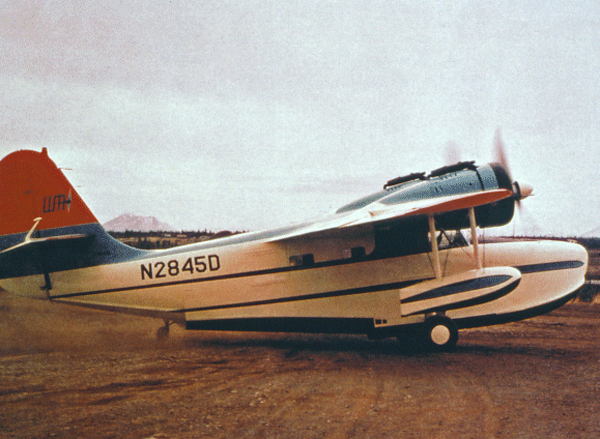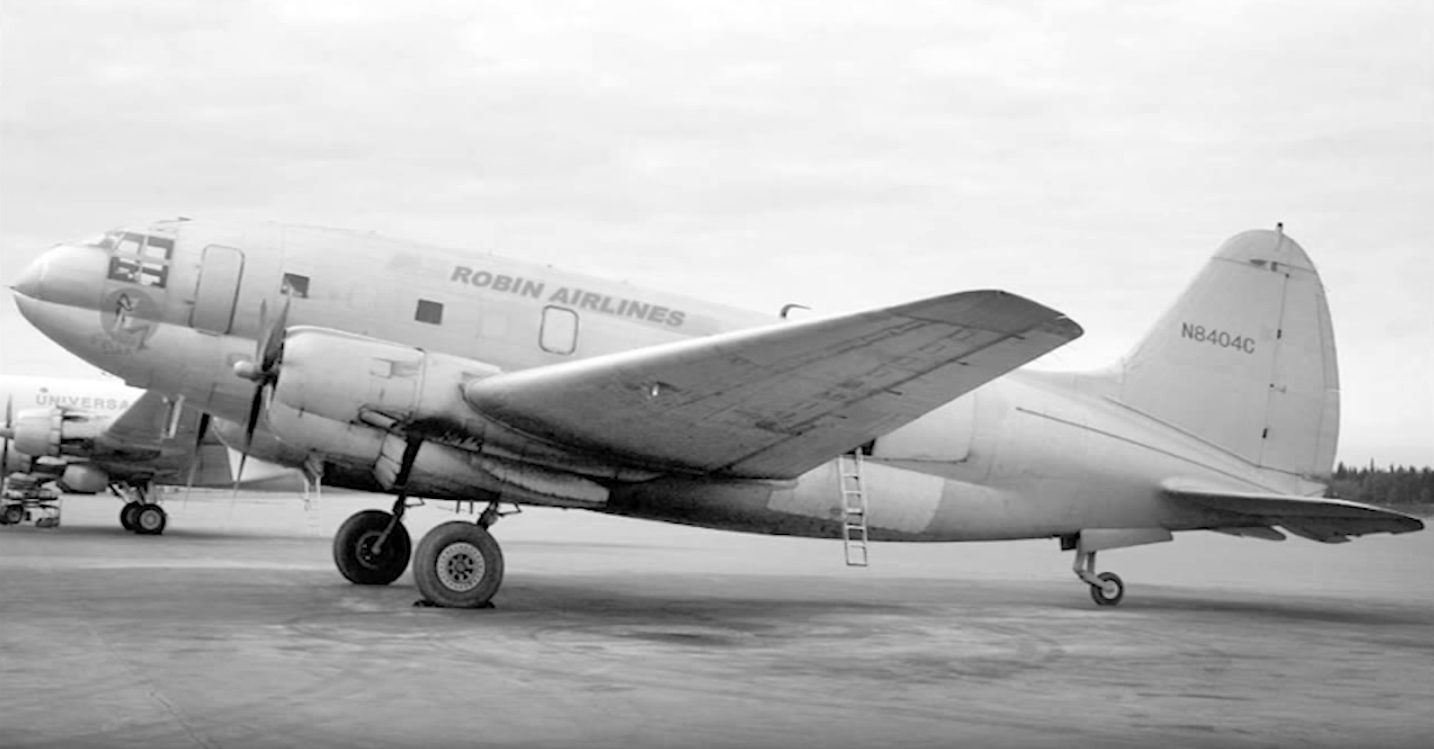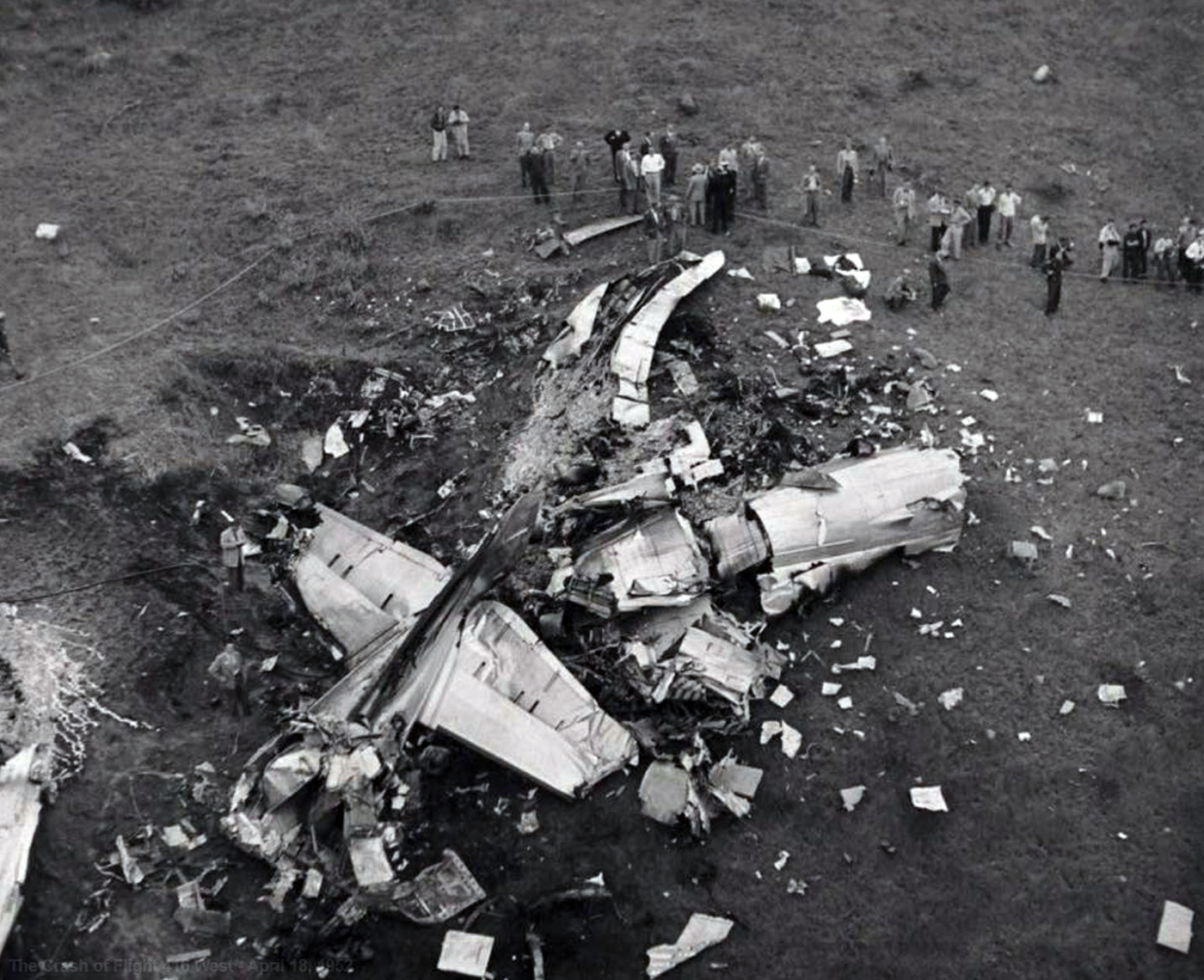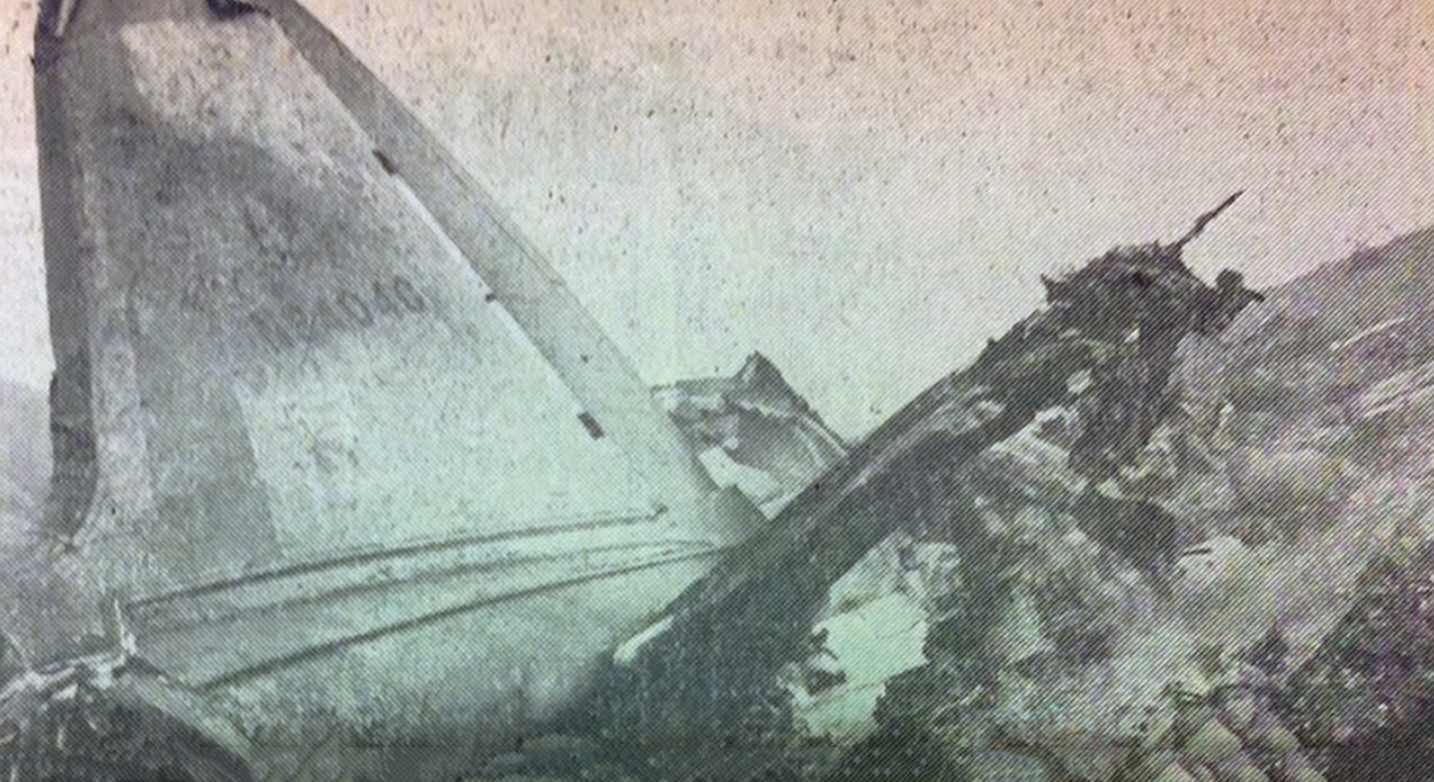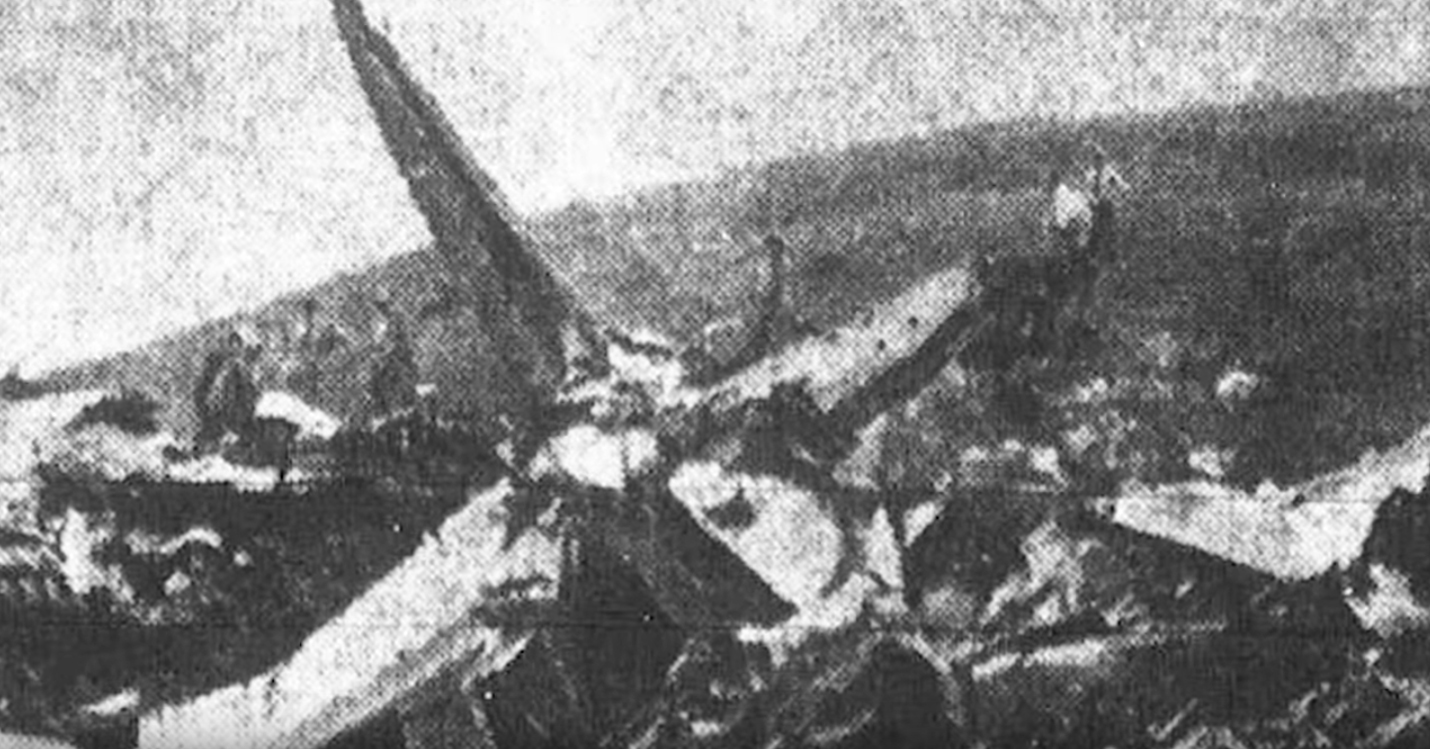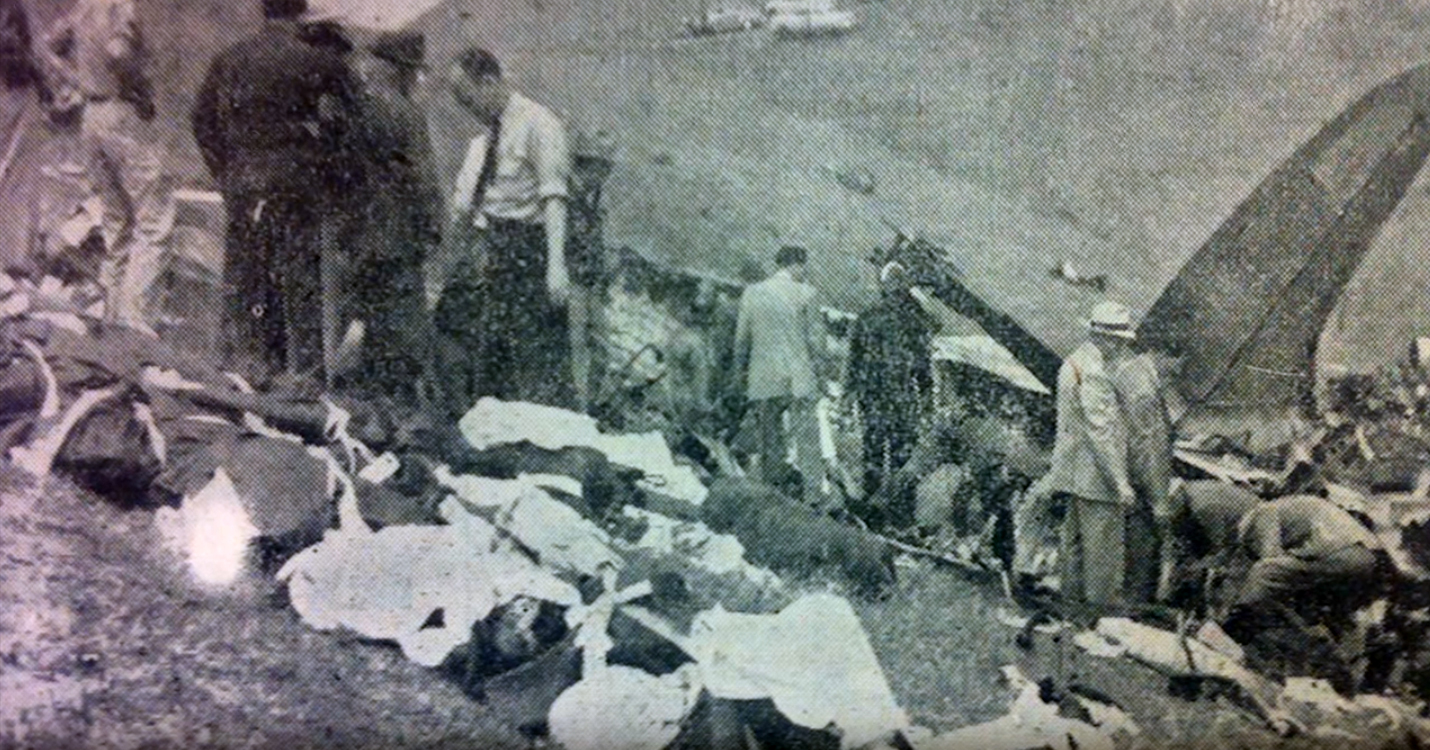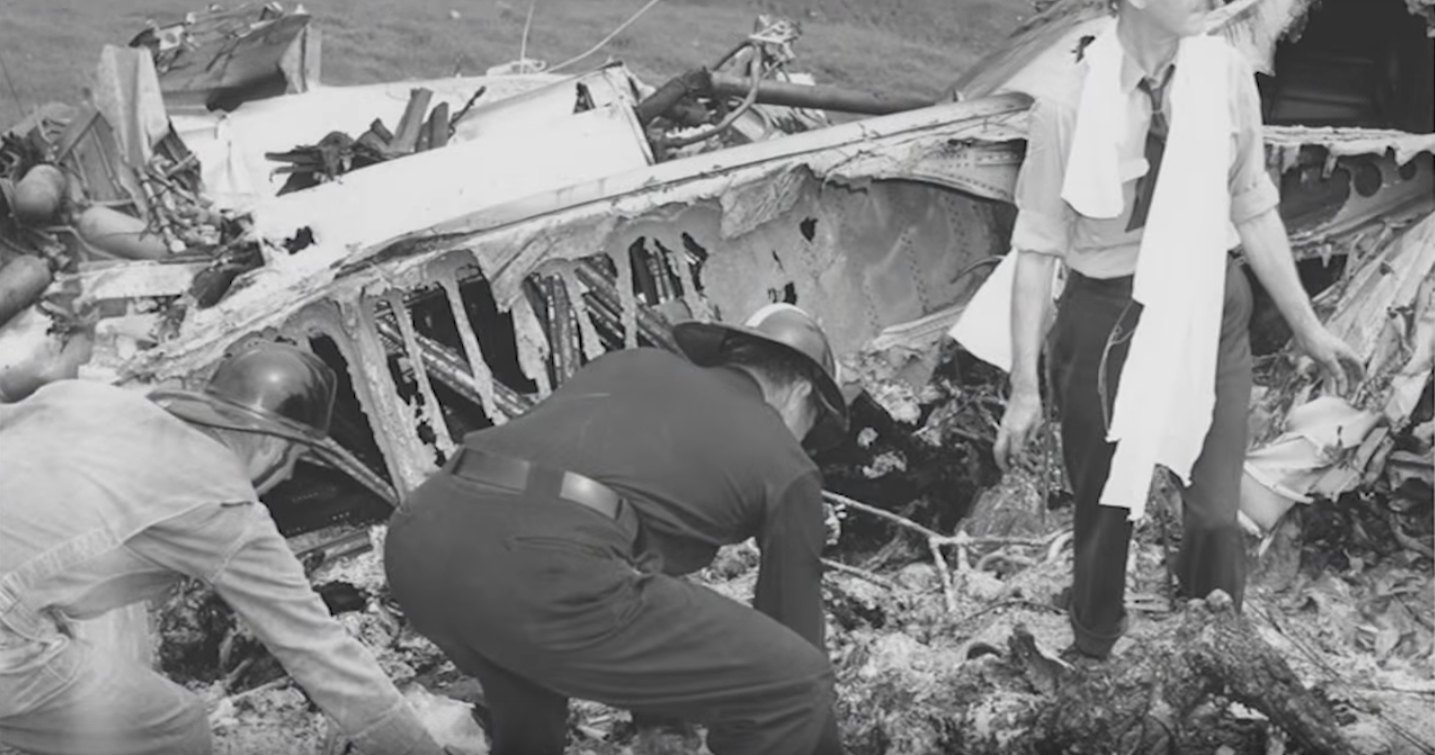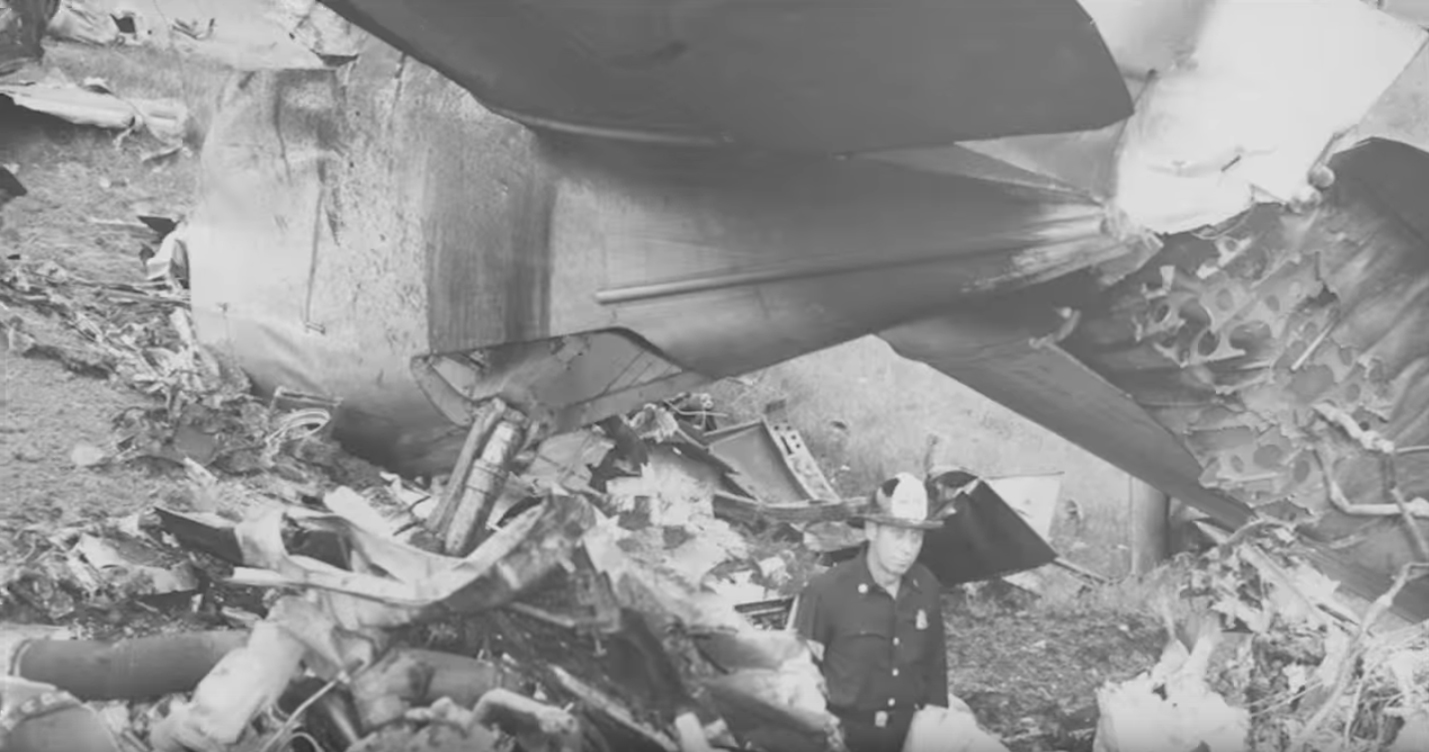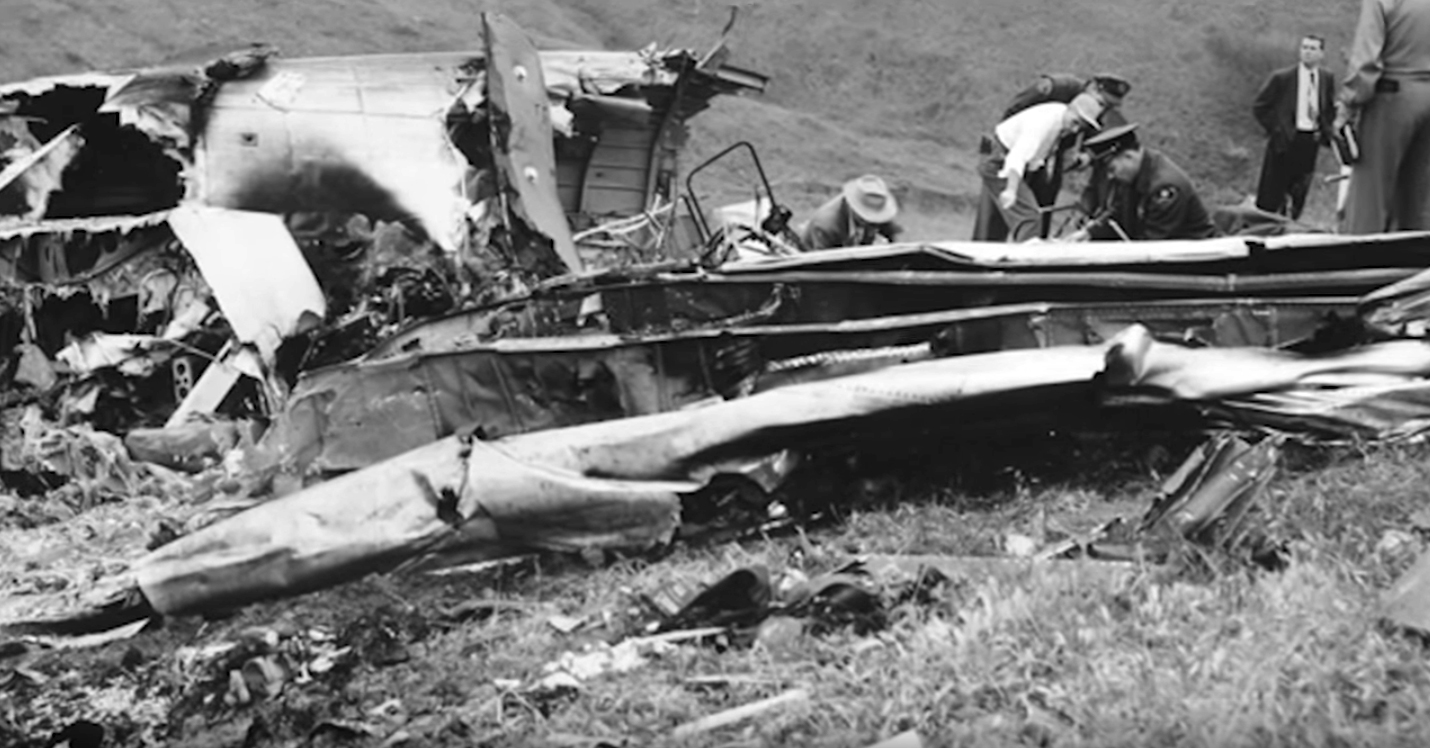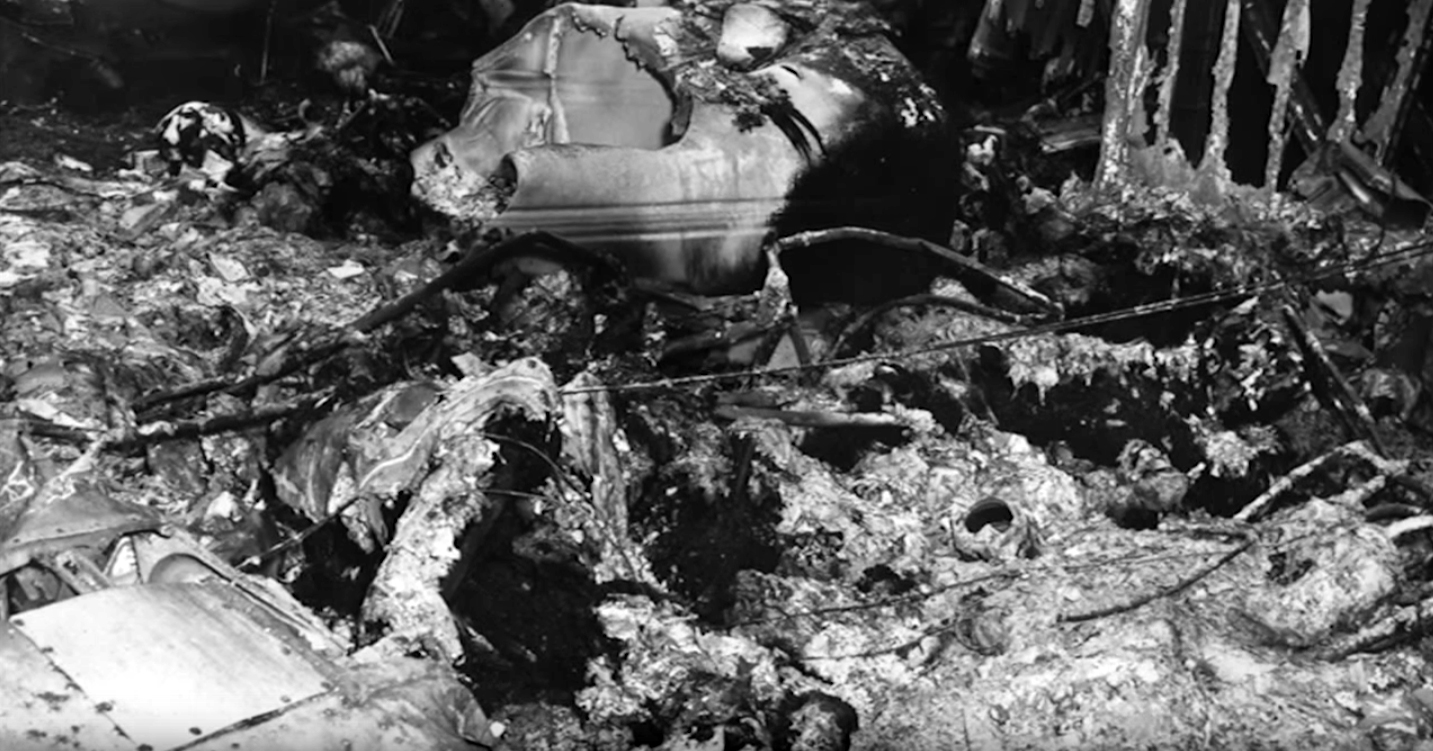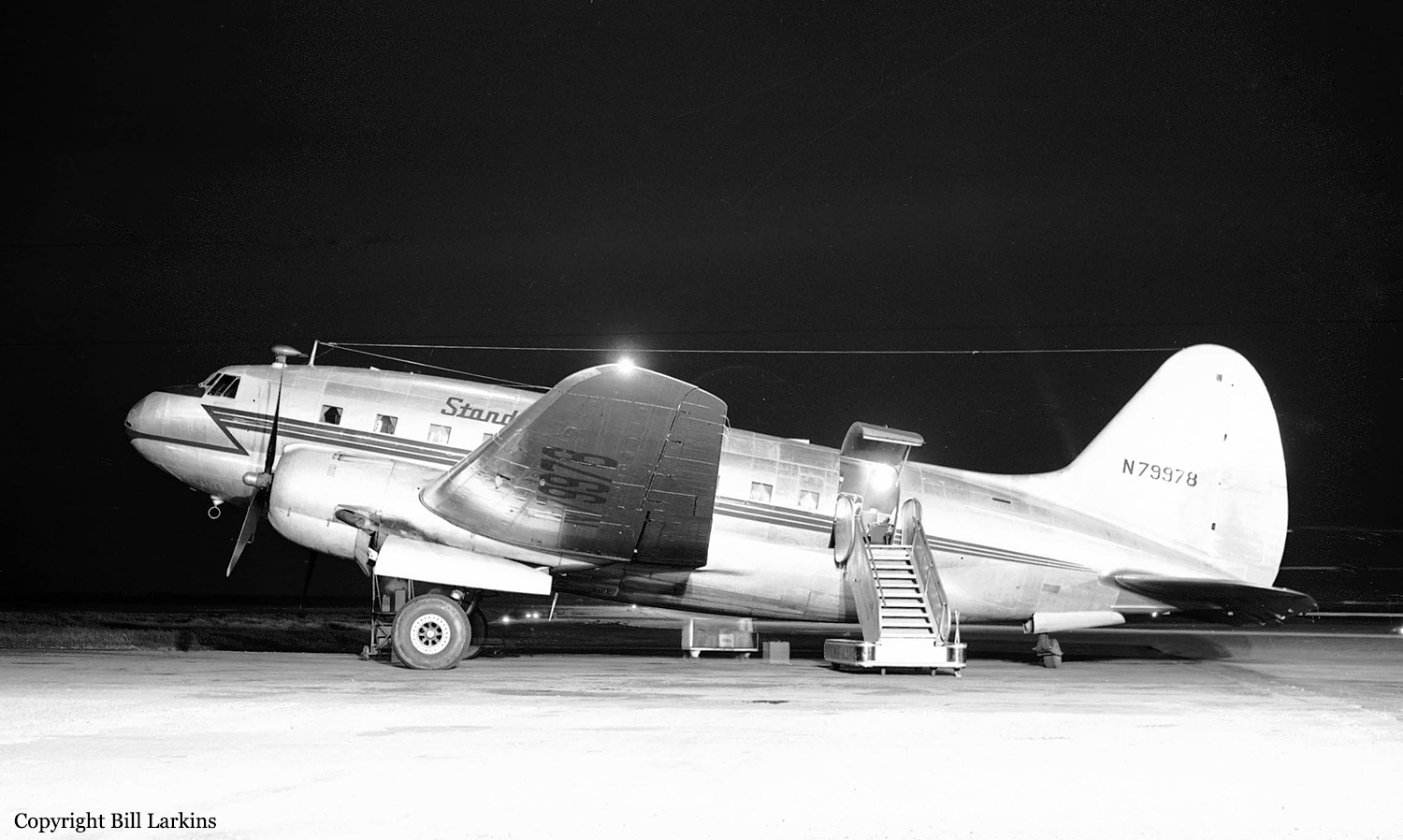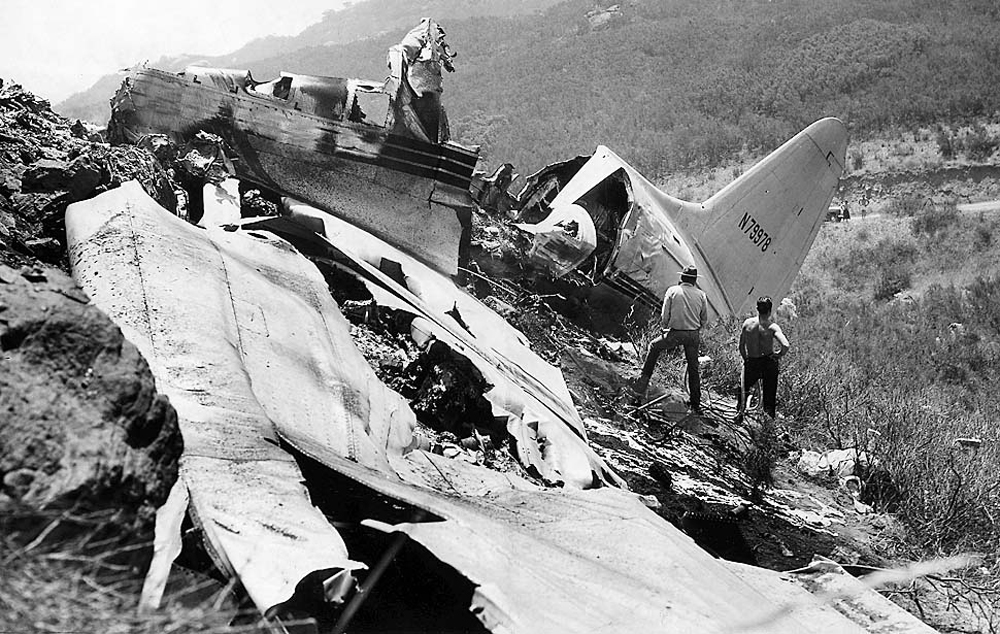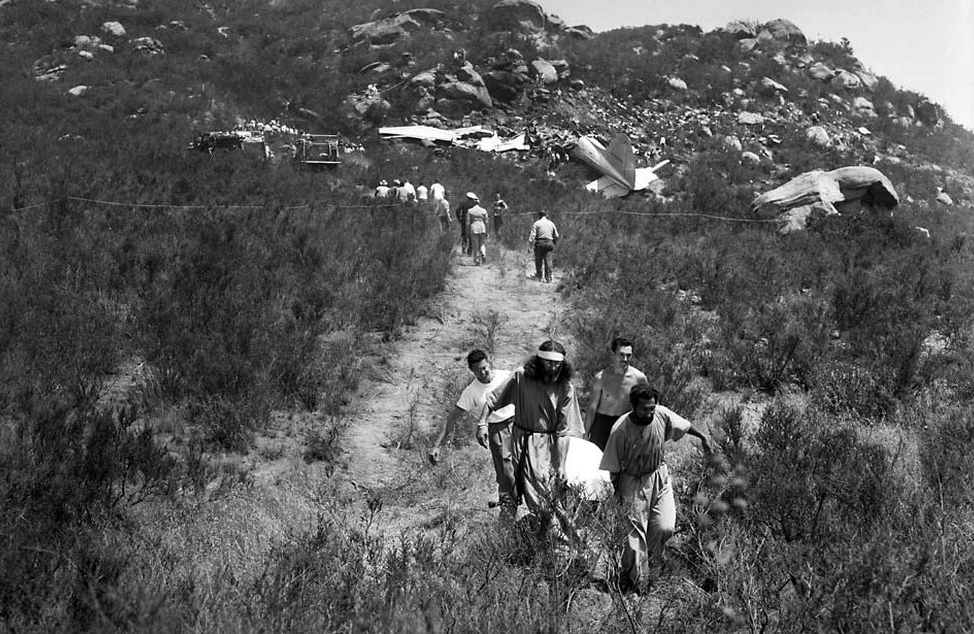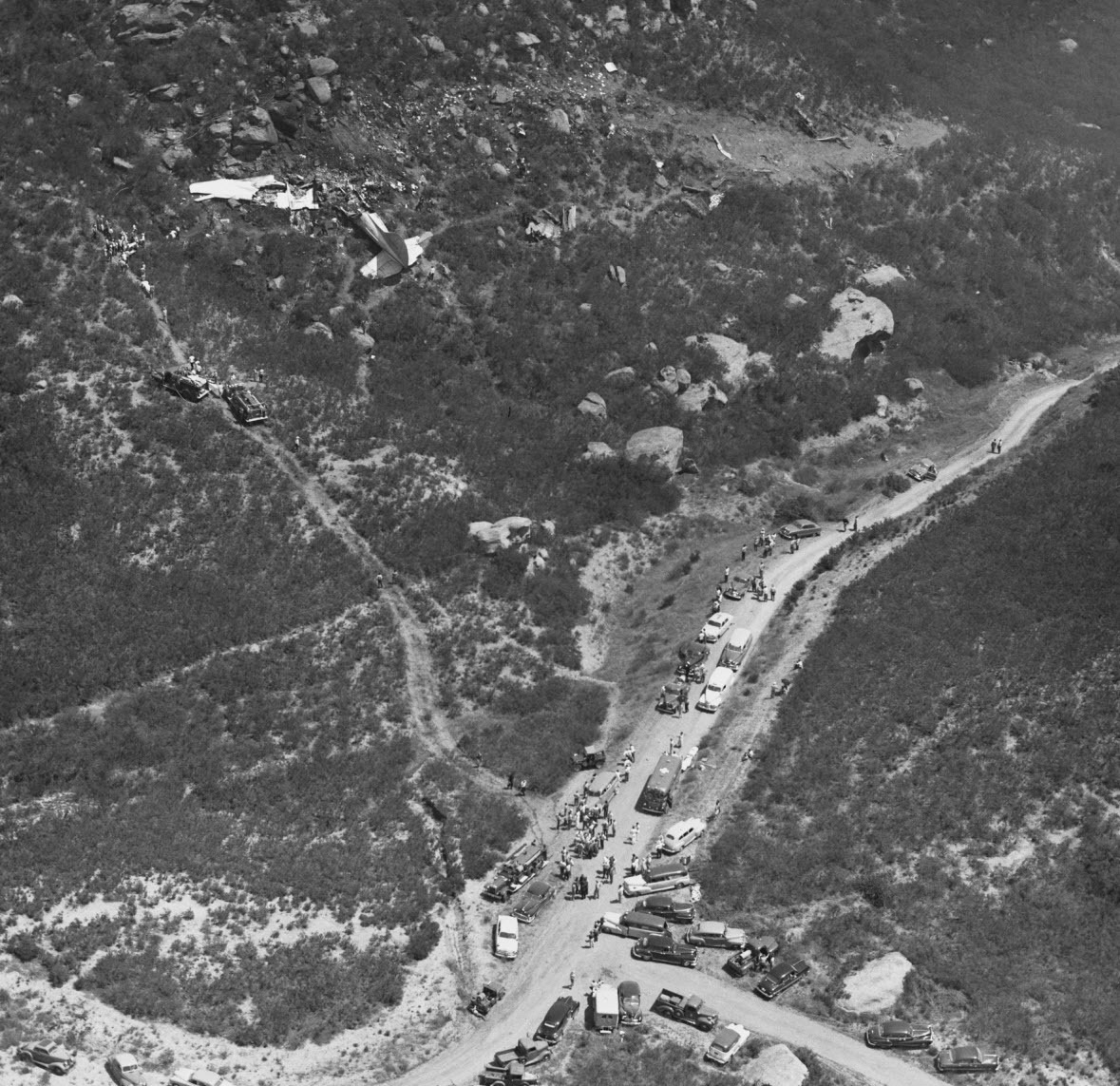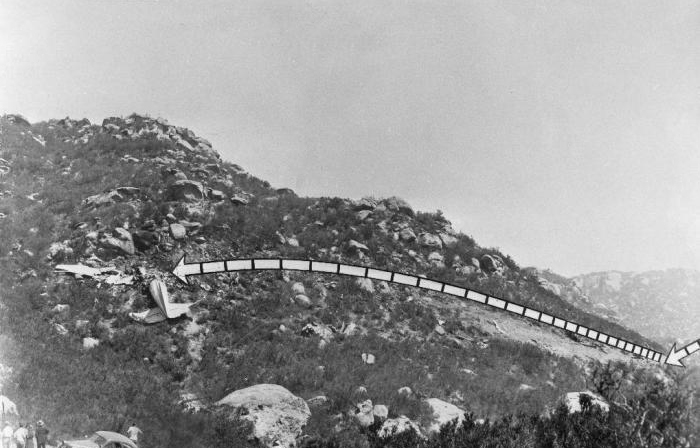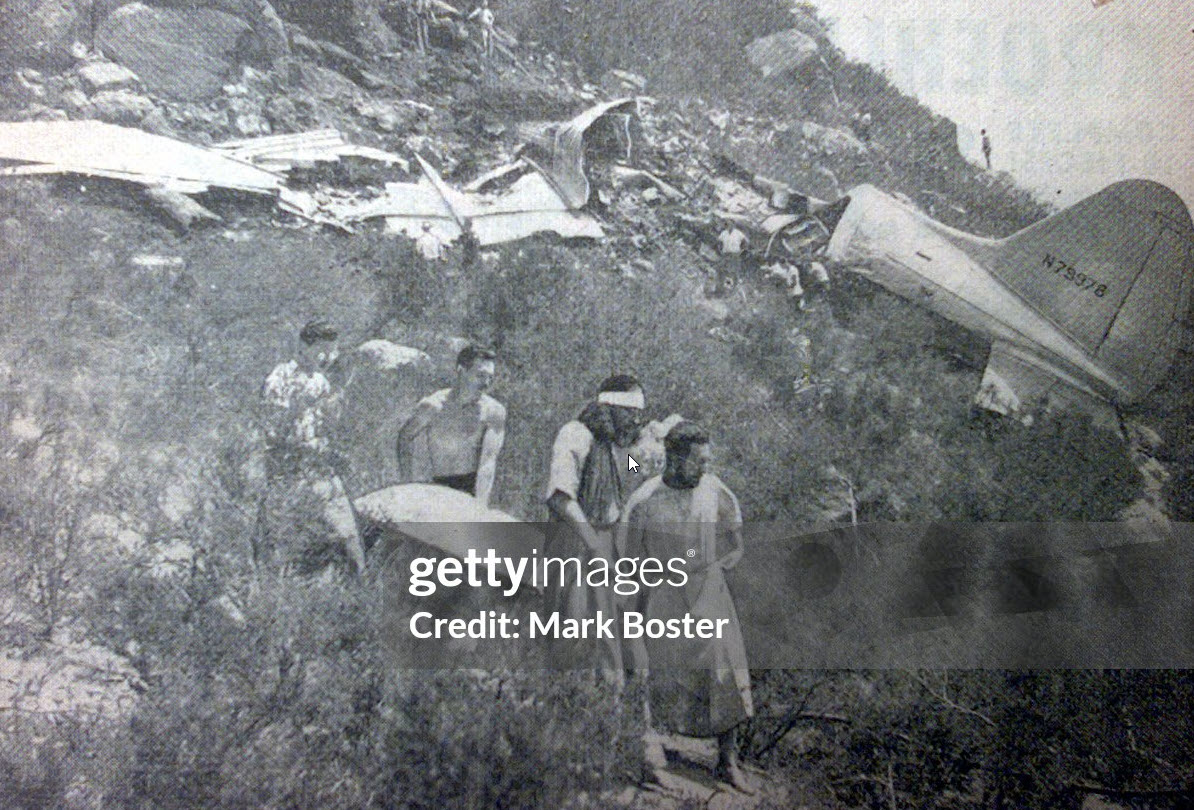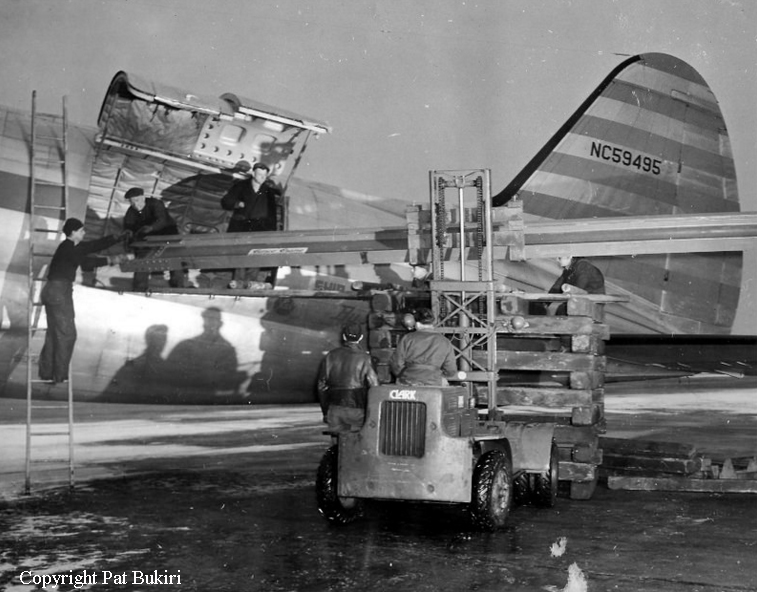Crash of a Grumman G-21A Goose off Cape Yakataga
Date & Time:
Feb 20, 1982 at 1310 LT
Registration:
N2845D
Survivors:
Yes
Schedule:
Anchorage - Hollywood
MSN:
B112
YOM:
1945
Crew on board:
2
Crew fatalities:
Pax on board:
0
Pax fatalities:
Other fatalities:
Total fatalities:
0
Captain / Total hours on type:
40.00
Aircraft flight hours:
2941
Circumstances:
Aircraft departed Merrill Field at 1110 with 220 gallons of fuel. Two hours later both engines quit while flying at an altitude of 6,500 feet approximately 10 miles offshore. The crew was unable to restart the engines and the aircraft was ditched into 12 to 15 foot waves with a 40 knot surface wind. The right float was torn off and both engine mounts broke. The aircraft sank at 1745 and was not recovered. The aircraft had an annual inspection 4 days prior to the accident. The fueling facilities were checked and found free of water or other contaminants.
Probable cause:
Occurrence #1: loss of engine power
Phase of operation: cruise - normal
Findings
1. (c) reason for occurrence undetermined
----------
Occurrence #2: ditching
Phase of operation: landing - flare/touchdown
Findings
2. (c) terrain condition - water,rough
3. (f) weather condition - high wind
4. (f) weather condition - unfavorable wind
Phase of operation: cruise - normal
Findings
1. (c) reason for occurrence undetermined
----------
Occurrence #2: ditching
Phase of operation: landing - flare/touchdown
Findings
2. (c) terrain condition - water,rough
3. (f) weather condition - high wind
4. (f) weather condition - unfavorable wind
Final Report:
